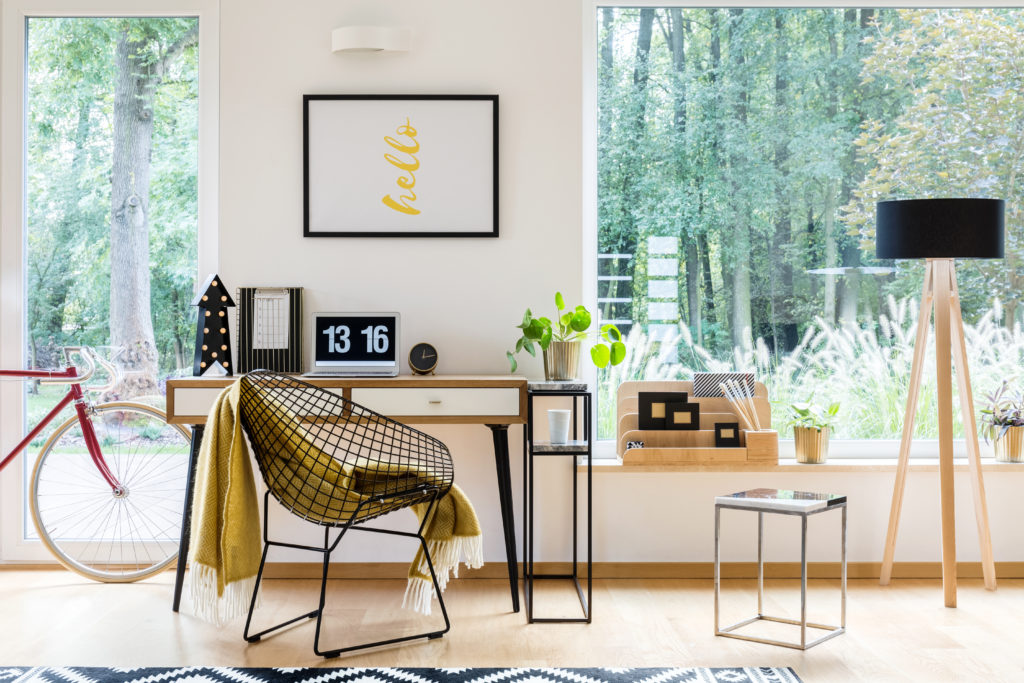- People
- Expertise
Our expertise
We are a team of more than 500 professionals, with the depth of experience which makes us genuine experts in our fields. Together, gunnercooke’s people have strength across just about every corporate discipline and sector. We provide legal, commercial and strategic advice that delivers real value to the clients we work with, which span from multinational enterprises through to unicorns and non-for-profit organisations. Our breadth of expertise covers some of the most interesting and important emerging disciplines, from ESG and charity law, to blockchain and competition.
Search by practice areaDispute ResolutionDispute Resolution OverviewMeet the Dispute Resolution TeamIntellectual Property DisputesFinancial Services & FinTech OverviewProceeds of CrimeEmployment TribunalTax InvestigationProperty Dispute ResolutionInsolvency DisputesMediationCivil Fraud & Asset TracingHealth & SafetyBusiness Crime & InvestigationsLitigation & ArbitrationInternational Arbitration - International
International Offices
The gunnercooke group has 15 main global offices across England, Scotland, the US, Germany and Austria, with further plans for growth in the coming years. These offices enhance the existing in-house capability of our dedicated international teams and dual-qualified experts that cover Spain, France, Italy, Portugal, Brazil, China, India, Poland and Hungary. Our team have clients across 123 jurisdictions, speak 46 languages and are dual-qualified in 21 jurisdictions. Our expertise means we can offer large teams to carry out complex cross-border matters for major international clients.
- Our story
Our story
gunnercooke is the fastest growing corporate law firm in the UK, now making its mark globally. We comprise a rapidly growing number of experts spanning legal and other disciplines. Clients benefit from flexible options on fees to suit their needs, access to a wider network of senior experts throughout the relationship, and legal advice which is complemented by an understanding of the commercial aspects of running a business.
- Reading Room
- News & Insights

I’ve delivered training on mental health stress and wellbeing for the last three years but as I sat down to write my first post lockdown training, I realised that my normal material wasn’t going to be enough. We are living through something completely unknown and unfamiliar. It’s hard for people in lots of different ways.
For years many have been calling for the ability to work from home, to have more flexibility, more remote working, more agile working. They wanted to have more of that elusive “work life balance”, to spend more time with their families, less time commuting and maybe they wanted to take up a new hobby or a new sport.
We’ve known in the world of mental health and wellbeing for a long time that having that freedom to be outside of your usual work environment and to have more time to focus on the things that you want to do is really beneficial. Autonomy increases wellbeing and life/job satisfaction.
But we aren’t in that world right now. Right now we’re in a world of home schooling, lockdown and social distancing. People are finding themselves working from home when perhaps they never have done before, or perhaps they have but certainly not 100% of the time.
I’ve been a huge advocate of working from home and remote working for the last 8 years I’ve been at gunnercooke. I’ve worked all around the world, wherever there was an Internet connection! But I’ve spoken to lots of people in the past who say that it isn’t for them. They will work from home on the odd day if they have a specific reason, but they enjoy working in their office. They miss their team and the camaraderie. They enjoy the banter and bouncing ideas off one another and some let’s be honest, just enjoy getting out of the house and away from the family.
People don’t have that choice at the moment, we’ve been forced into home and remote working without any real preparation. I know for some people even getting the IT sorted has been a huge challenge.
I’m very aware of the physical and emotional challenges that people have faced in terms of adapting to working from home in these extraordinary circumstances. This is causing a rollercoaster of emotions. One minute we can see the positives, the sun is shining, spring is coming. We can spend time with children and families.
Potentially maybe we’ve read a new book or listened to a new podcast. The other side of the rollercoaster is the panic about the future, fear about our health or the health of loved ones, worries about the economy, or our businesses. We are all going through this rollercoaster of emotions at different times and in different ways.
From about week 4/5 of lockdown onwards (as expected following the advice coming from Spain and Italy) many were starting to struggle with their mental health/stress levels. Burnout has increased in lockdown times. Remember to keep an eye on your colleagues and team on a regular basis, to check in how they are.
There are some practical tips I do advise you to take to maximise your sense of peace, balance or happiness even. Those include things like having a good daily routine. It’s really important that we still get up at a set time in the morning even if we don’t have a commute. Maybe we have to get the children up at some point, perhaps like us you are joining Joe Wicks’ PE class at 9 o’clock so at least there is a reason to be up and ready for that time. I also think that if we have a fixed getting up time during the week then it is one way for us to differentiate the weekend. Perhaps we let everybody have a lie in on a Saturday and Sunday (and wear their PJ’s all day!).
Do also make sure that you have a separate work station from where you would normally relax at home. I don’t recommend that you work on your sofa or in your bedroom if at all possible. Have a separate space even if it is literally an ironing board in the corner of a room somewhere. I’ve seen people be really ingenious with the creation of the workspace. It is important to have somewhere that you can leave your work at the end of the day to begin your downtime.
Connection remains ever important. How can you make sure that you have team meetings whether daily or a couple of times a week? Do these face-to-face with programs like Zoom or Microsoft Teams. Check in with your team not only just on the work that they’re doing, but also asking them how they are. There are various ways of measuring wellbeing and checking in on people that you could use to monitor how people are even if you aren’t seeing them every day. You can stay connected with your colleagues through virtual Friday night drinks, coffee mornings or eating your lunch together over Skype, Zoom or Teams. Be aware of “zoom burnout” – you can have too much of a good thing!
My final tip is to remember to be kind, to yourself. To accept that you’re going to have good days and bad days and that there is nothing wrong with that. Also to accept that you’re not going to be able to get it all done. If you are home schooling or even if you’re not, these are not normal times and you’re not going to be experiencing normal emotions. Don’t expect yourself to get through as much work as you might normally do, and this is in no way a reflection of the ability to work from home or to work remotely. This is just a reflection of the times that we are in right now. Don’t compare yourself to others or worry about the photos of baking, art creations or tidy homes! Getting through this period with our mental health and physical health intact, is all we really need to do.
If I can be of any help or support in these challenging times, please feel free to get in touch.

